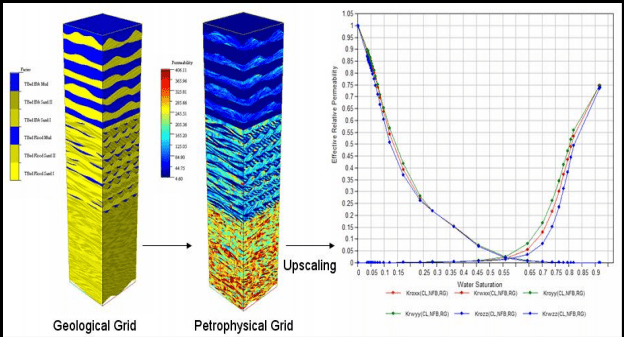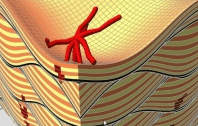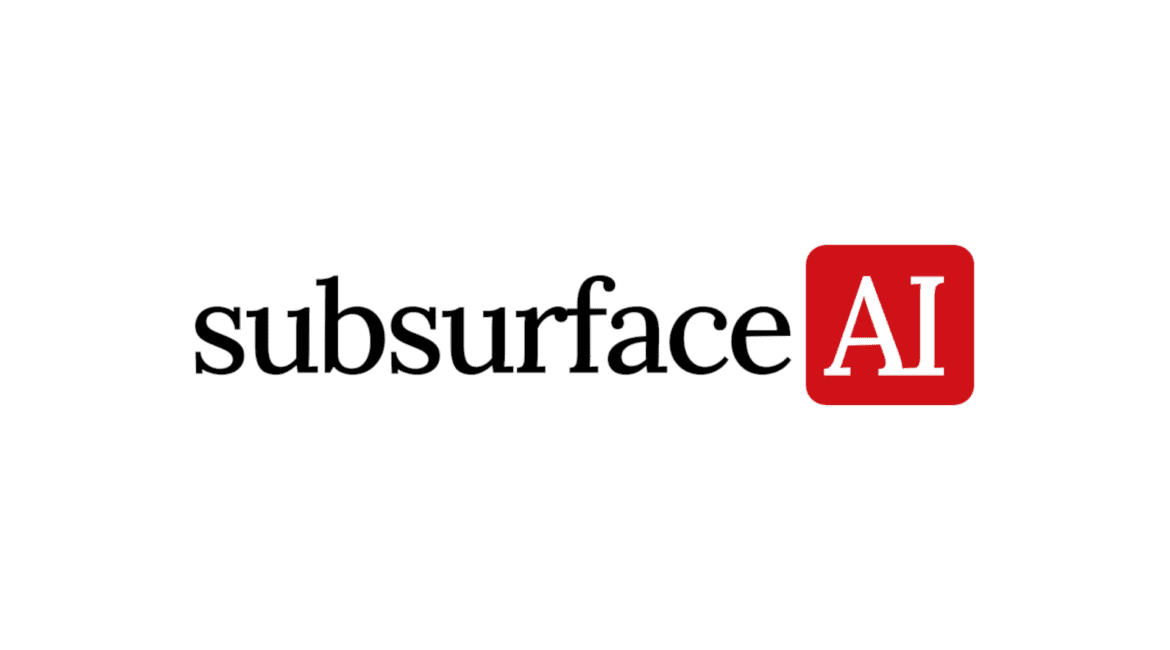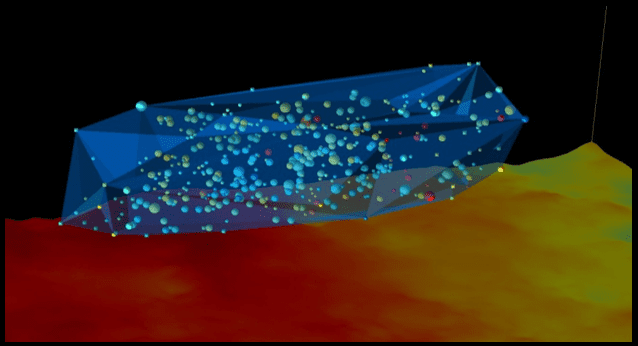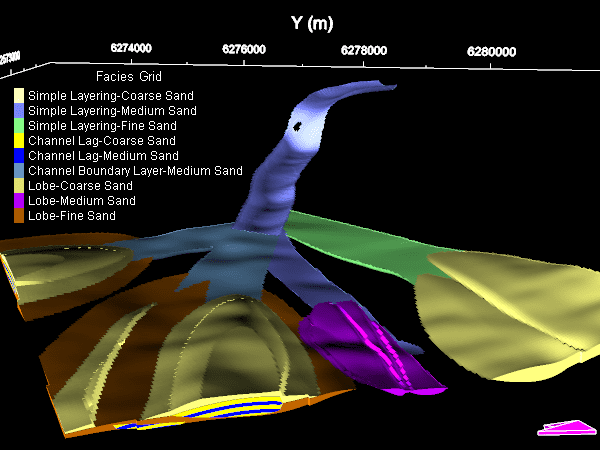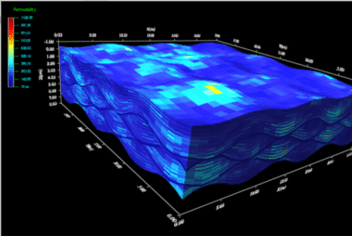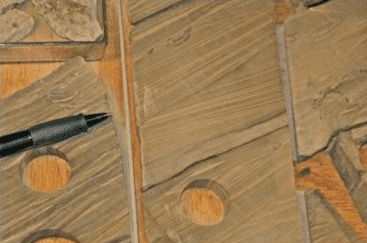The major challenge in reservoir characterization is to estimate the effective porosity and the permeability of the reservoir due to reservoir heterogeneity. Often the vertical and the horizontal permeability are not considered separately in 3D geo-cellular models and in the reservoir simulations. Conventional reservoir modeling extrapolates all of the small-scale data to full-field scale...
SBED Biogenic Structure Modeling
SBED™ Biogenic Structure Modeling accurately simulates the activities of burrowing organisms on reservoir facies at the lamina scale and estimates their effects on petrophysical properties using flow-based upscaling. Bioturbation within a substrate can add to sedimentary heterogeneity and alter horizontal and vertical permeability. Understanding the subtle changes in permeability that...
Geomodeling Releases SBED™ 4.2 and SBED™ 4.2 for Petrel*
Reservoir Modeling Software Accurately Simulates Biogenic Effects CALGARY, Alberta--(BUSINESS WIRE)--Geomodeling Technology Corp., a leading provider of innovative software for the upstream oil and gas industry, today announced the release of SBED™ 4.2 and SBED™ 4.2 for Petrel* lamina-scale reservoir modeling applications. SBED 4.2 adds advanced features to accurately model biogenic...
Interactive Seismic Attribute Analysis for Reservoir Characterization
Being “interactive” is not only important for traditional seismic interpretation, which maps subsurface structural and stratigraphic features; it should also be an essential feature in the seismic attribute analysis for reservoir characterization and prediction. In this paper we present interactive workflows that integrate major steps in seismic attribute analysis, namely...
Geomodeling Releases AttributeStudio™ 7.1
Advanced Features for Quantitative and Unconventional Seismic Interpretation CALGARY, Alberta--(BUSINESS WIRE)--Geomodeling Technology Corp., Geomodeling Technology Corp., a leading provider of seismic analysis and cross-scale modeling software for the upstream oil and gas industry, today announced release of AttributeStudio™ 7.1, its cutting-edge seismic attribute interpretation software. AttributeStudio 7.1 includes advanced tools...
Geomodeling to Showcase Advanced Unconventional Intrepretation at Recovery 2011 in Calgary
New features for AttributeStudio, SBED and ReservoirStudio will be demonstrated CALGARY, Alberta -- Geomodeling Technology Corp., a leading provider of innovative software for the upstream oil and gas industry, will be demonstrating new features focused on unconventional interpreation at the CSPG/CSEG/CWLS Recovery 2011 Conference & Exhibition May 9-13 in Calgary,...
Bioturbation and Its Effects on Permeability in Wave-Dominated Shoreface Rocks of the Spring Canyon Member, Blackhawk Formation, Utah, USA
Burrowing organisms displace and mix sedimentary grains by burrowing, feeding and relocating. Their activity within the substrate can add to sedimentary heterogeneity, but more importantly alters horizontal and vertical permeability. Understanding the subtle changes in permeability that result from biogenic structures within sediments is an important concern for operators working...
Geomodeling Releases ReservoirStudio™ 5.0
Realistic Reservoir Modeling for Complex Depositional Environments CALGARY, Alberta--(BUSINESS WIRE)--Geomodeling Technology Corp., a leading provider of cross-scale modeling and seismic analysis software for the upstream oil and gas industry, today announced the release of ReservoirStudio™ 5.0, its advanced reservoir modeling software. ReservoirStudio 5.0 generates high-resolution reservoir models with greater stratigraphic...
Estimation of geocell permeability based on small-scale sedimentary structures in the Brent Group on the Gullfaks and Oseberg fields
Permeability is very difficult to estimate, mainly because it is very scale- and direction dependent. For instance, from permeability measured in core plugs to permeability estimated from well tests, there is a big difference in scale. How to compare these correct and apply further in reservoir computer models, is a...
Estimation of geocell water saturation based on small-scale structures in the Brent Group on the Oseberg and Gullfaks fields
Water saturation in reservoir rocks is highly dependent on petrophysical parameters as permeability, porosity and the amount of clay and shale in the sandstone. Saturations are important for static hydrocarbon volumes and for saturation-dependent flow parameters, such as relative permeabilities. Methods used today to estimate water saturation are usually based...

